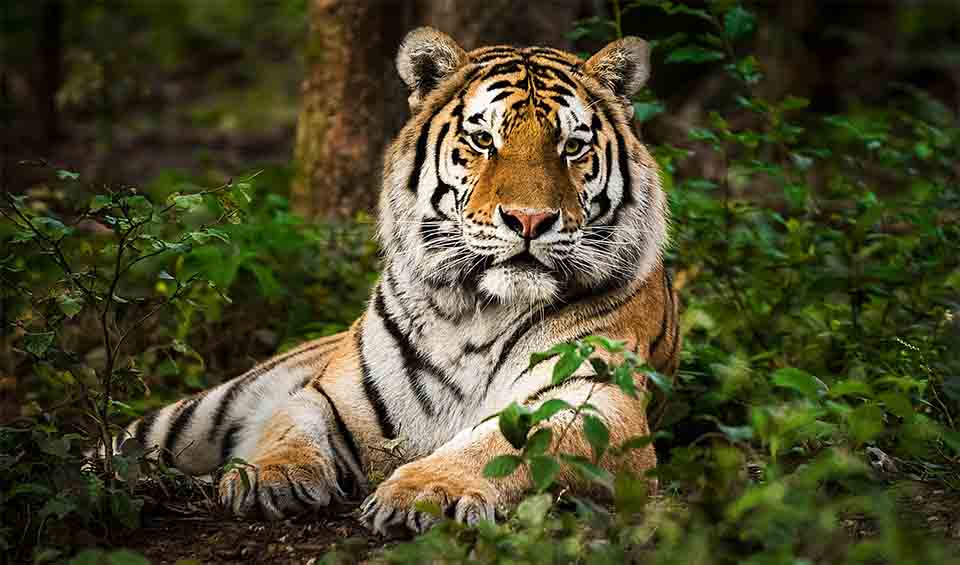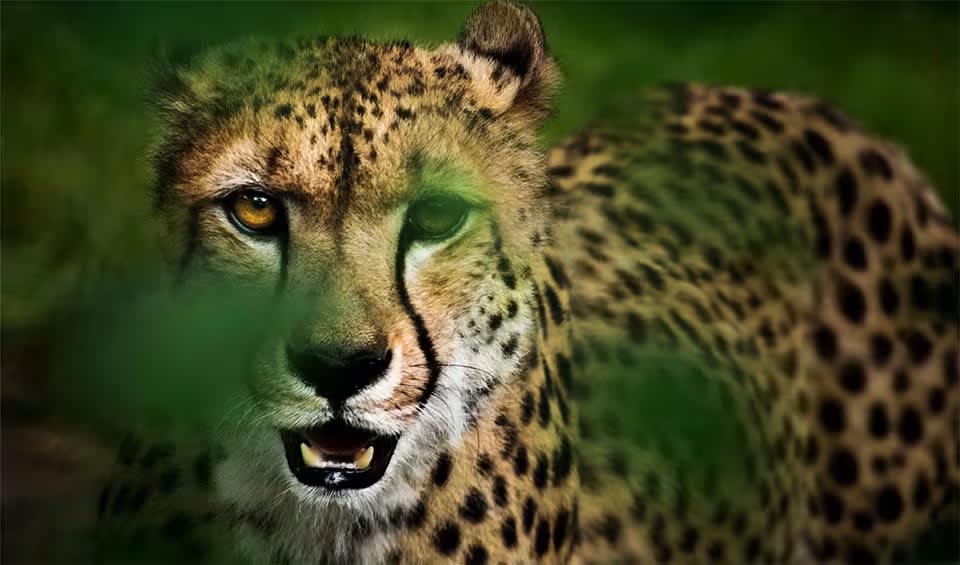The ubiquitous residents of farms and pastoral landscapes across the globe are far more complex and varied than the archetypal “wooly farm sheep” might suggest. Beyond their recognizable “Baaaaaaa,” sheep exhibit a fascinating array of physiological and behavioral traits that reflect their long history of domestication and their importance to human societies.
Its highly specialized, chambered stomach is at the core of a sheep’s physiology. This remarkable organ is divided into four distinct chambers: the rumen, reticulum, omasum, and abomasum, each playing a unique role in the digestion process. Sheep are ruminants, meaning they first consume food and store it in the rumen, where microbes partially break it down. They then regurgitate this partially digested food, known as cud, to rechew it, allowing for further breakdown. This continuous regurgitation and rechewing process, coupled with the unique microbial flora in their stomach, enables sheep to extract nutrients from plant-based food sources that many other animals cannot efficiently digest.
Sheep are also known for their horns, a feature they share with their wild relatives. Unlike the antlers of deer, which are shed annually, sheep horns are permanent structures that continue to grow throughout the animal’s life. In some breeds, these horns can develop into impressive spirals, while in others, depending on genetics and selective breeding practices, they may be smaller or even absent.
While commonly characterized as “lazy” or prone to passivity, sheep’s behavior is deeply rooted in their evolutionary history as prey animals. Their tendency to follow the flock is not a sign of laziness but a survival strategy that protects individuals from predators. The phenomenon of a sheep being unable to rise from its back, known as being “cast,” is a vulnerability that can indeed lead to distress or death if not addressed. This situation is more common in heavily fleeced or pregnant individuals and underscores the importance of attentive husbandry and care in sheep farming.
Distribution
 Africa
Africa Asia
Asia Europe
Europe North America
North America Oceania
Oceania South America
South AmericaAnything we've missed?
Help us improve this page by suggesting edits. Glory never dies!
Suggest an editGet to know me
Terrestrial / Aquatic
Altricial / Precocial
Polygamous / Monogamous
Dimorphic (size) / Monomorphic
Active: Diurnal / Nocturnal
Social behavior: Solitary / Pack / Herd
Diet: Carnivore / Herbivore / Omnivore / Piscivorous / Insectivore
Migratory: Yes / No
Domesticated: Yes / No
Dangerous: Yes / No




